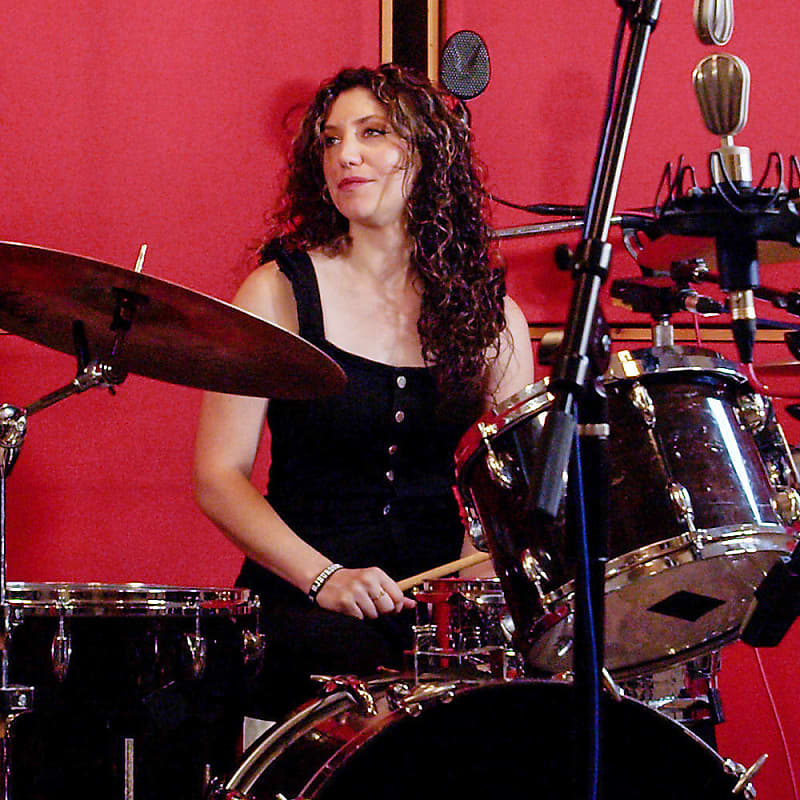On this week's episode of What's That Sound, Noam and Jessica take on a frequent request from our viewers: the drum sound of Nirvana's "Heart Shaped Box", from their third In Utero. Produced and engineered by the legendary Steve Albini at Pachyderm Studios in Minnesota with Dave Grohl behind the kit, the final album by the grunge legends simultaneously served as a return to roots while exploring a brasher, more bombastic sound. Naturally, that means a ton of microphones and particular attention to their placement.
This time around, we used a vintage 70s Gretsch kit outfitted with a Ludwig Supraphonic snare. For cymbals, we relied on Zildjian K-Darks hi-hats, a K-Sweet crash, and topped it off with a K crash ride. We used two microphones for the kick drum—a Sennheiser MD 421 was placed inside the soundhole of the front head, and a $50 lavalier mic was dangled off the side of the batter next to the pedal. Since the latter lav mic also captured the bottom of the snare drum, Noam threw a compressor sidechained to the snare to make sure it wasn't overloading the mix.
Steve Albini famously avoids using the standard SM57 on the snare, so instead we used a single AKG C 451 B with its 20dB pad activated. For a full sound, each tom received two AKG C414s, phase inverted and placed at the top and bottom respectively. We used an unconventional technique for the overheads: we placed a pair of Coles 4038s behind Jessica's back. "The theory behind this is that it's picking up what the drummer would hear behind the kit," Noam explains. "Because we're using ribbon microphones, it's going to pick up more of the room sound than usual."
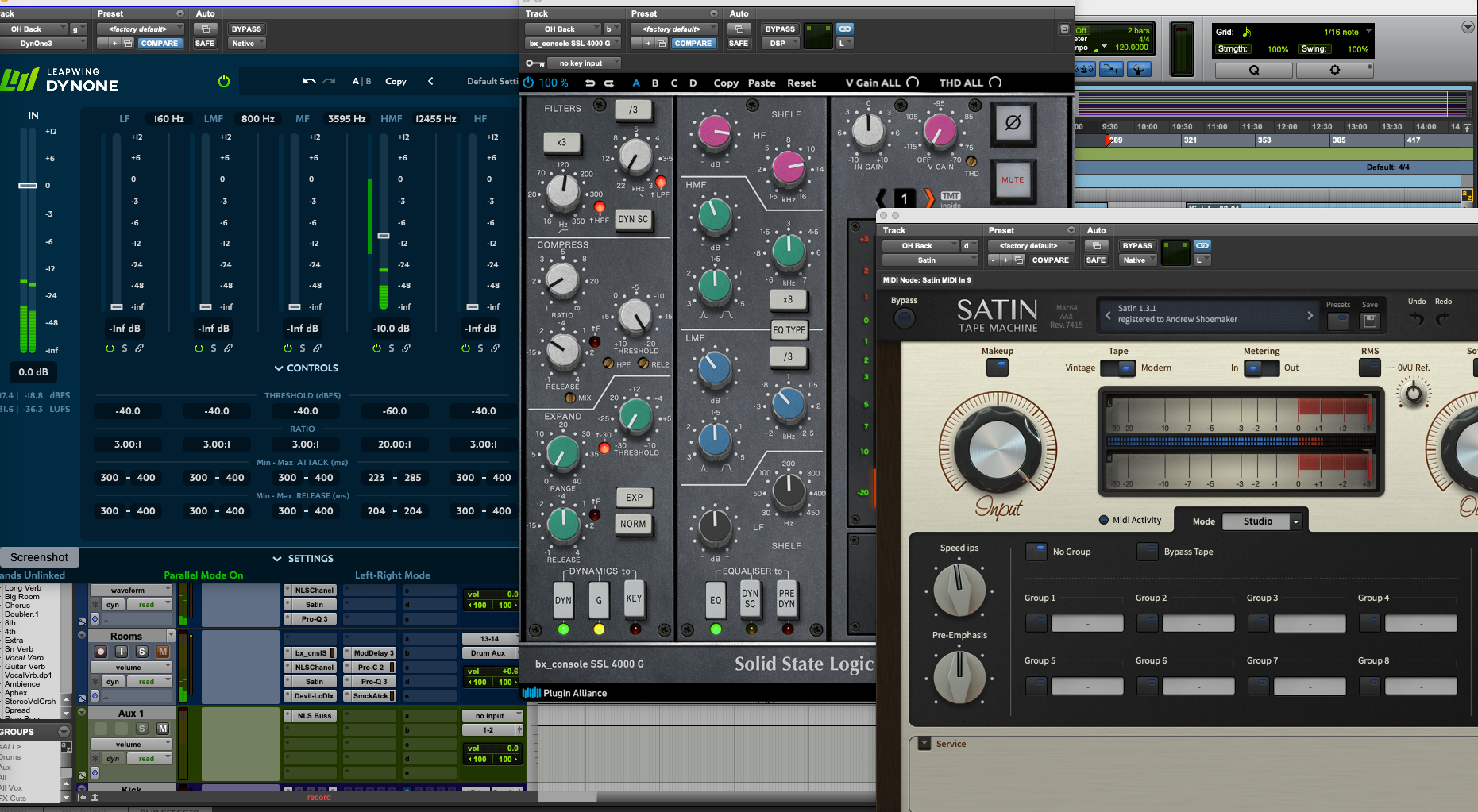
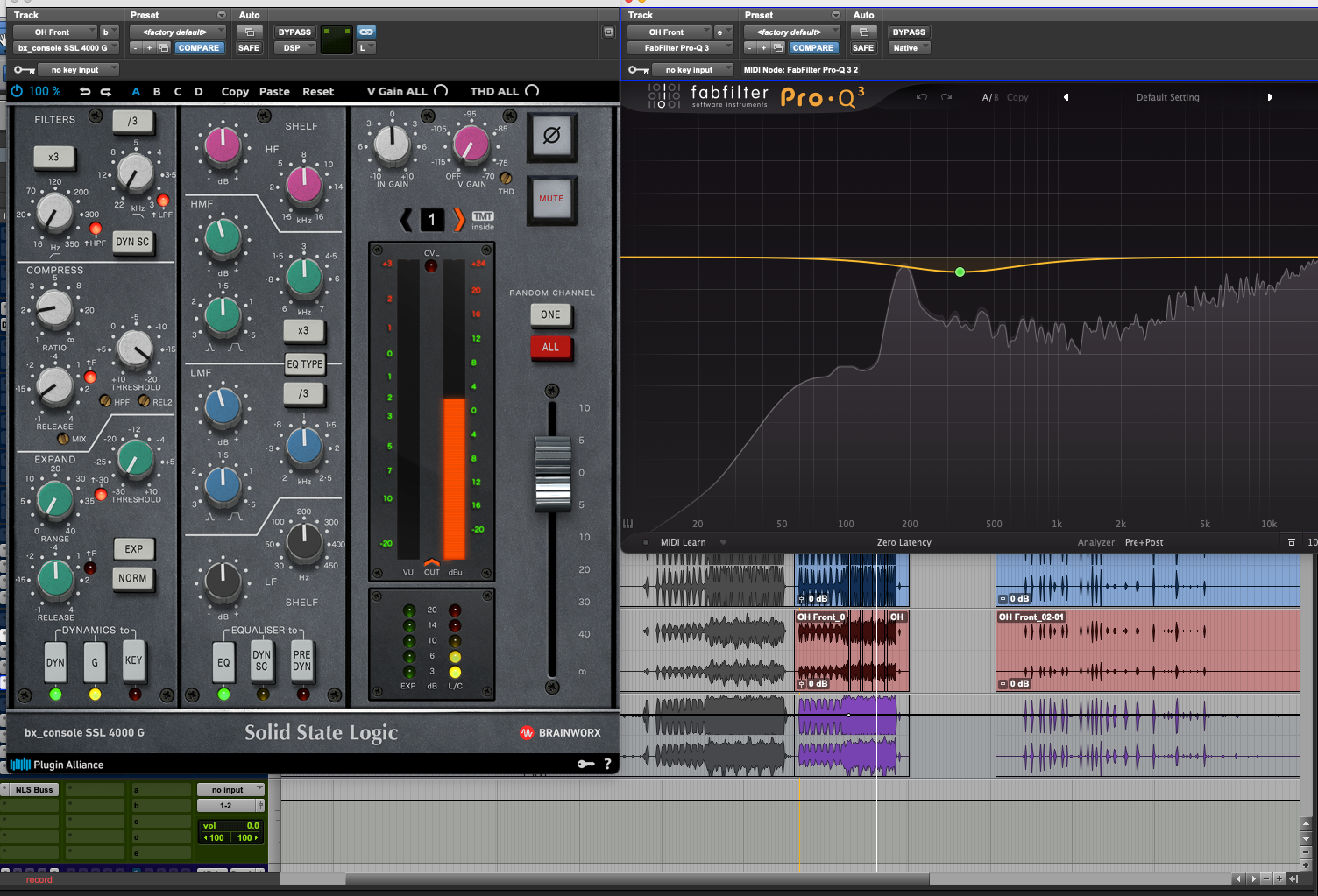
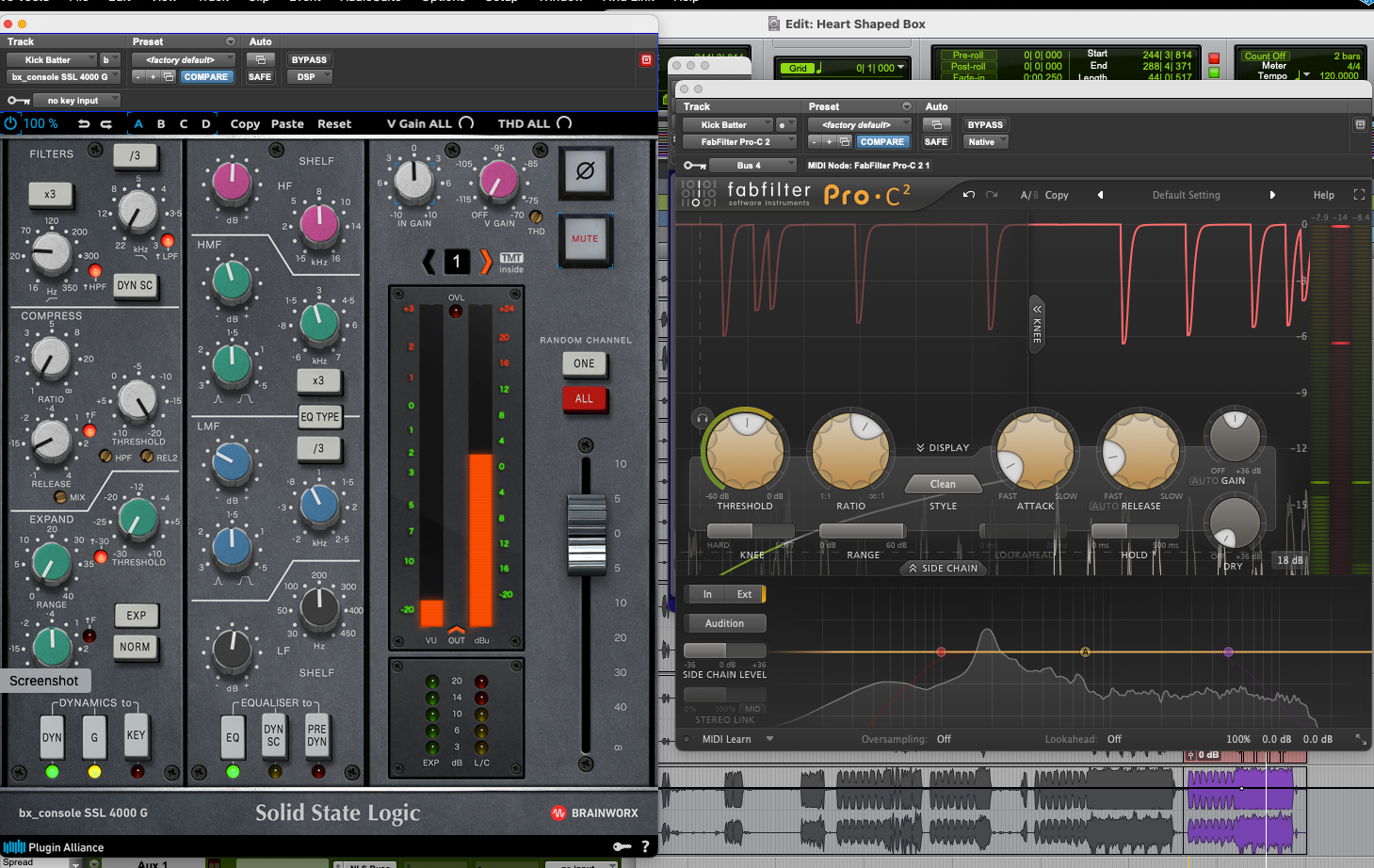
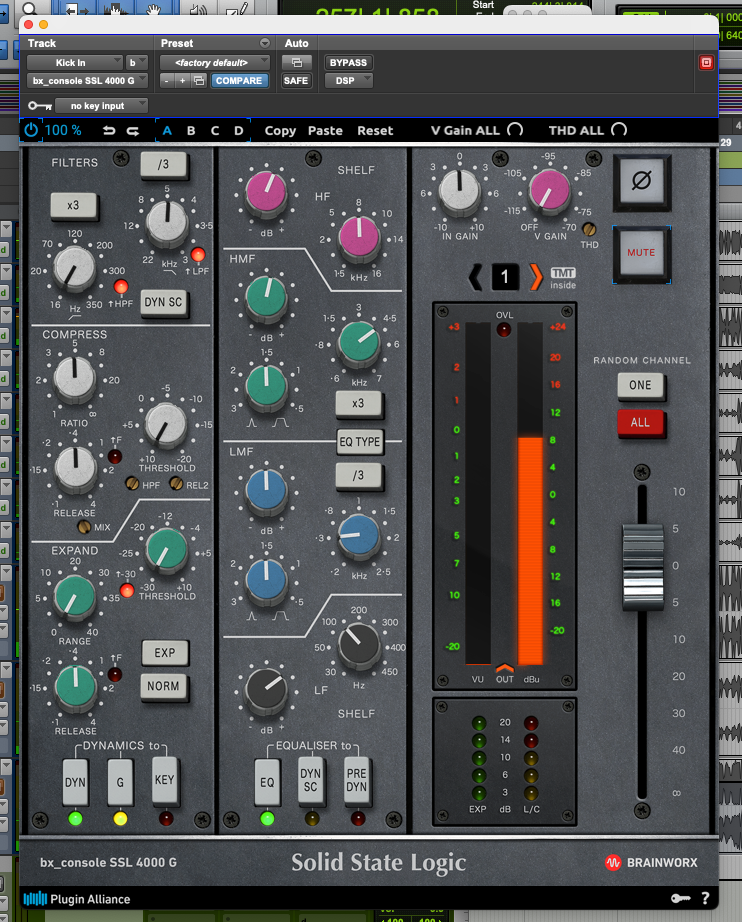
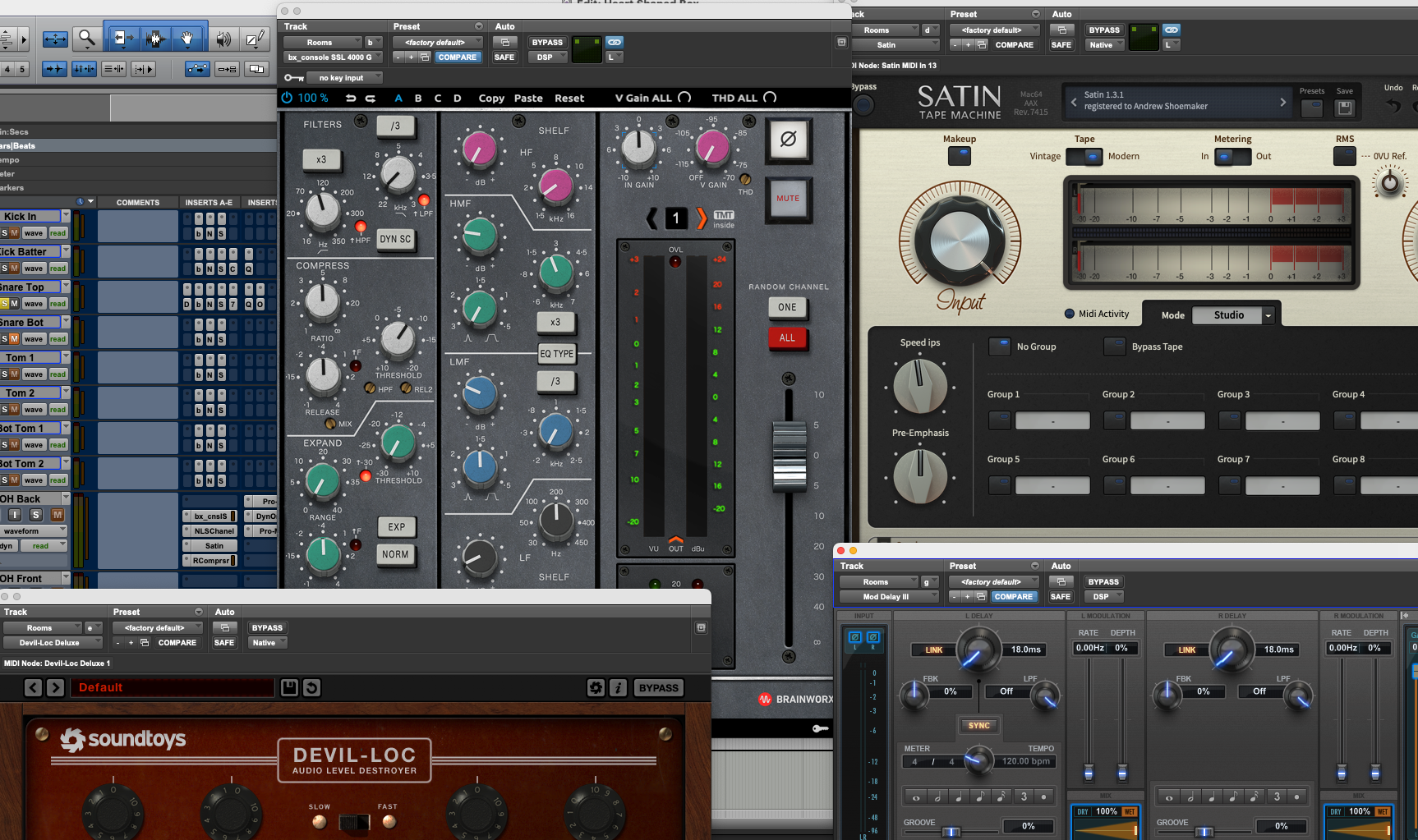
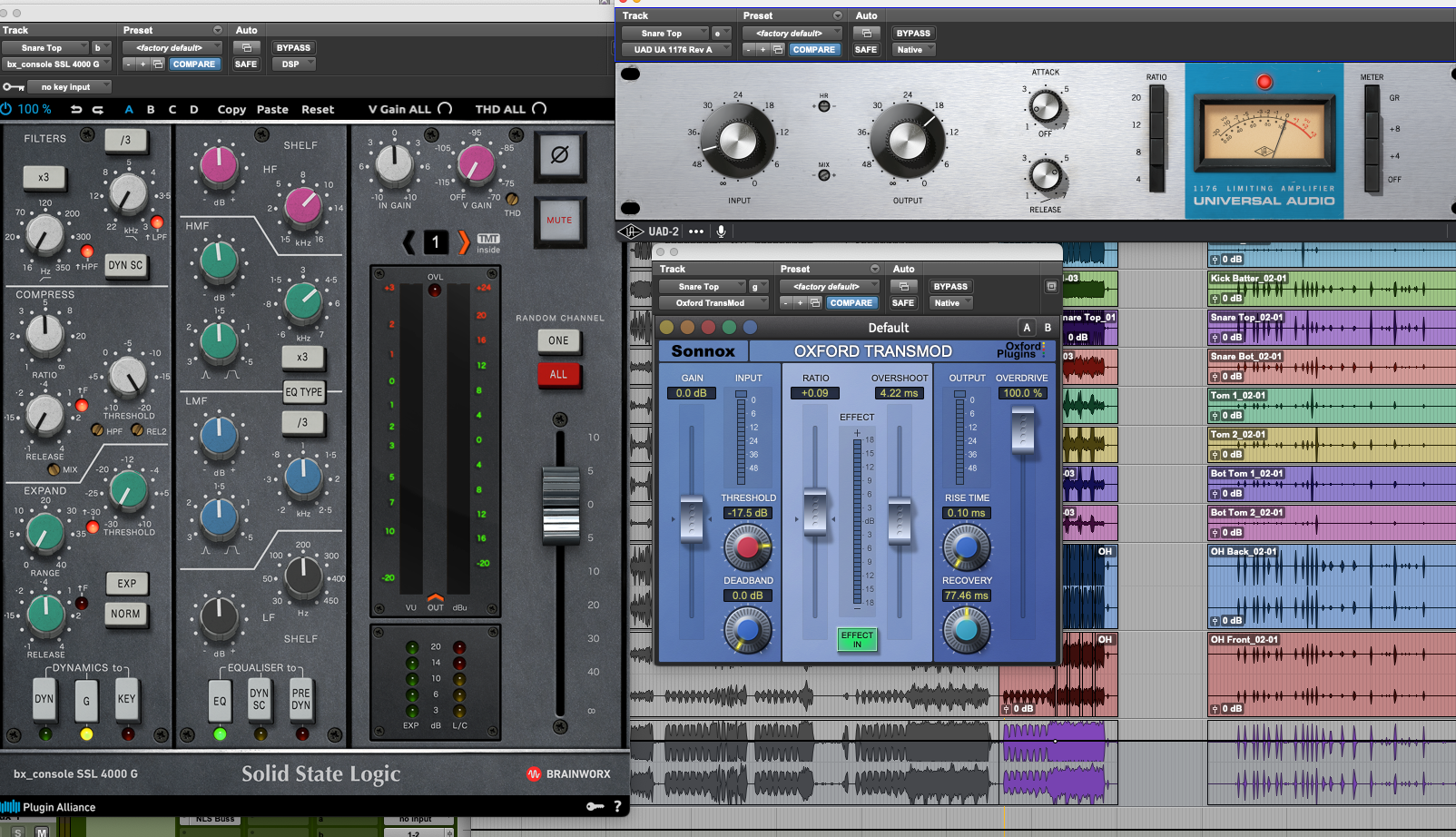
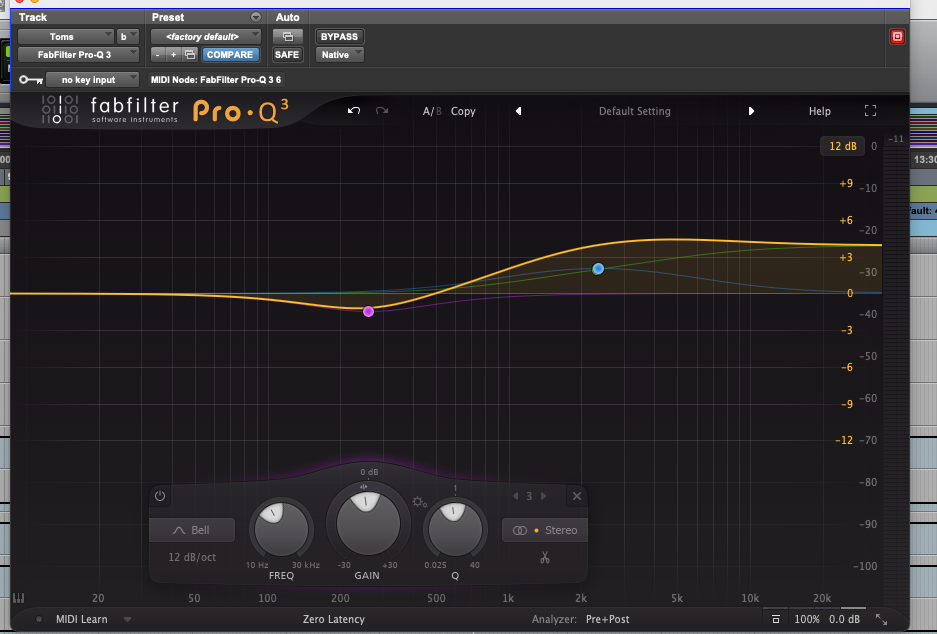
In addition to the overheads, we placed a pair of Schoeps V4Us in an X-Y pattern directly in front of the kit. For our room mics, we taped a pair of omnidirectional Vanguard V1s on the floor to capture the room's reflections, which were then delayed about 20 millisecond—this not only makes the room sound larger but also contributes a "flammy" sound to the snare. Finally, Noam added a compressor sidechained to the kick drum to bring down the room mic as the transients of the kick hit. Beyond that, there wasn't much processing—beyond some light compression, we tried to keep this sound as natural as possible.
What else should I say? Check out the video above and see how we did.

